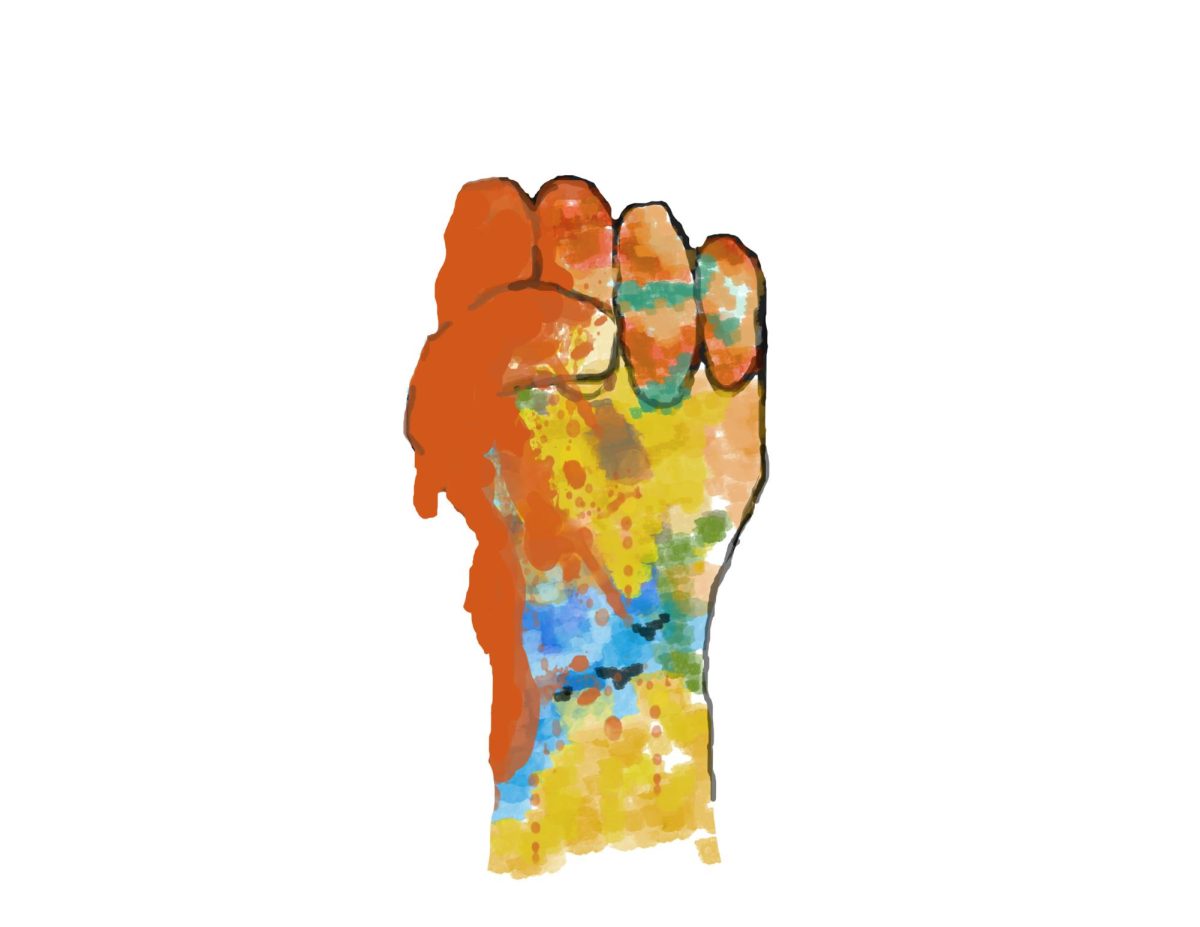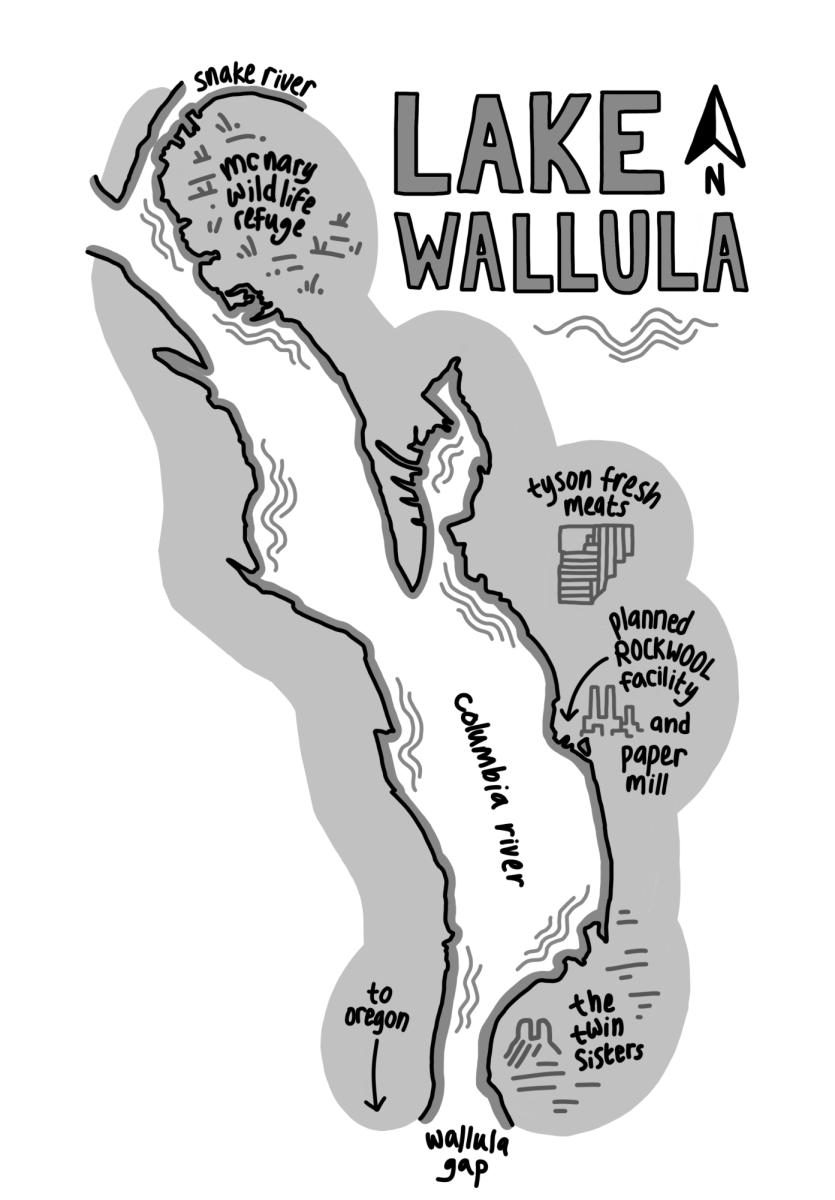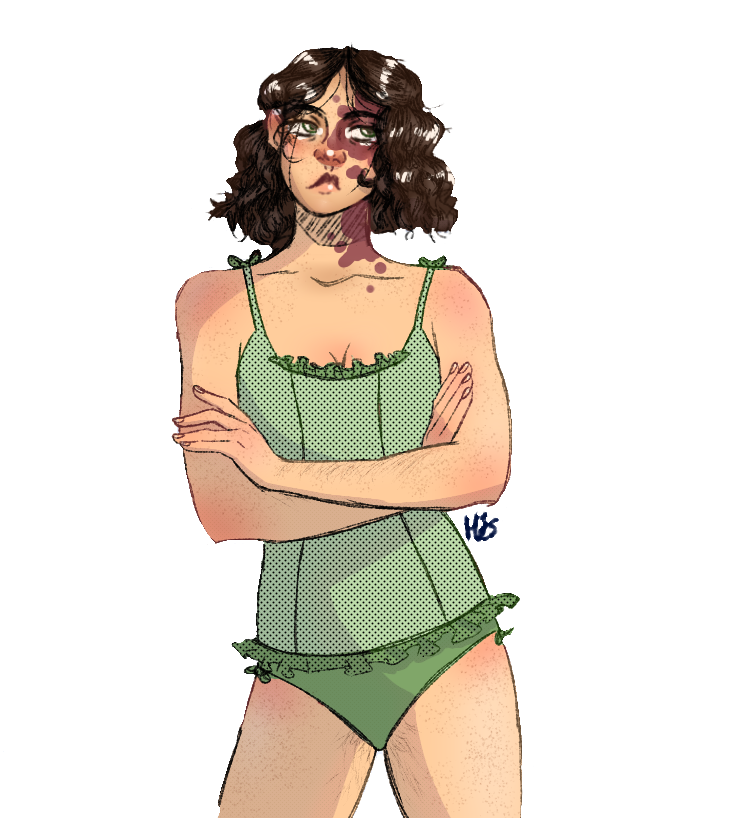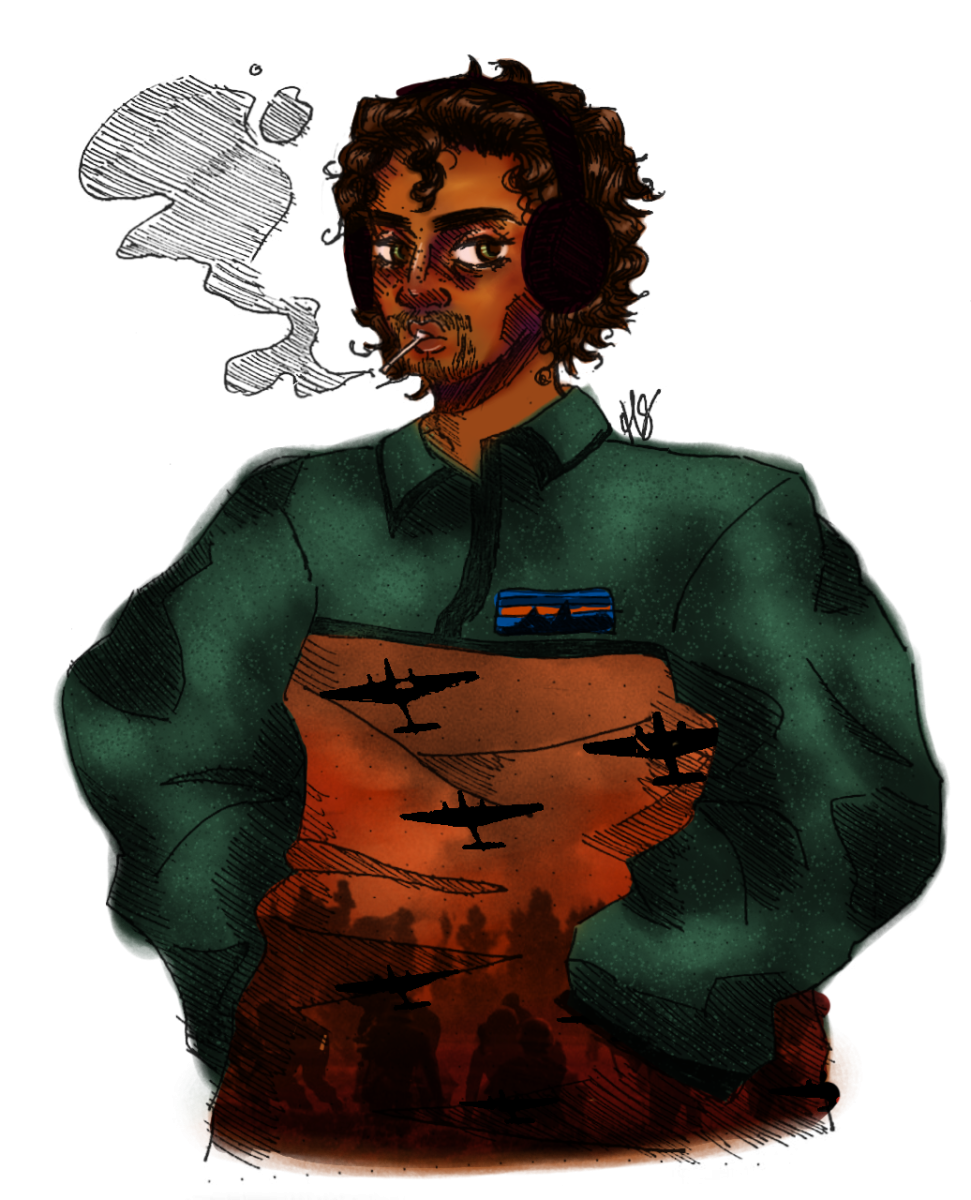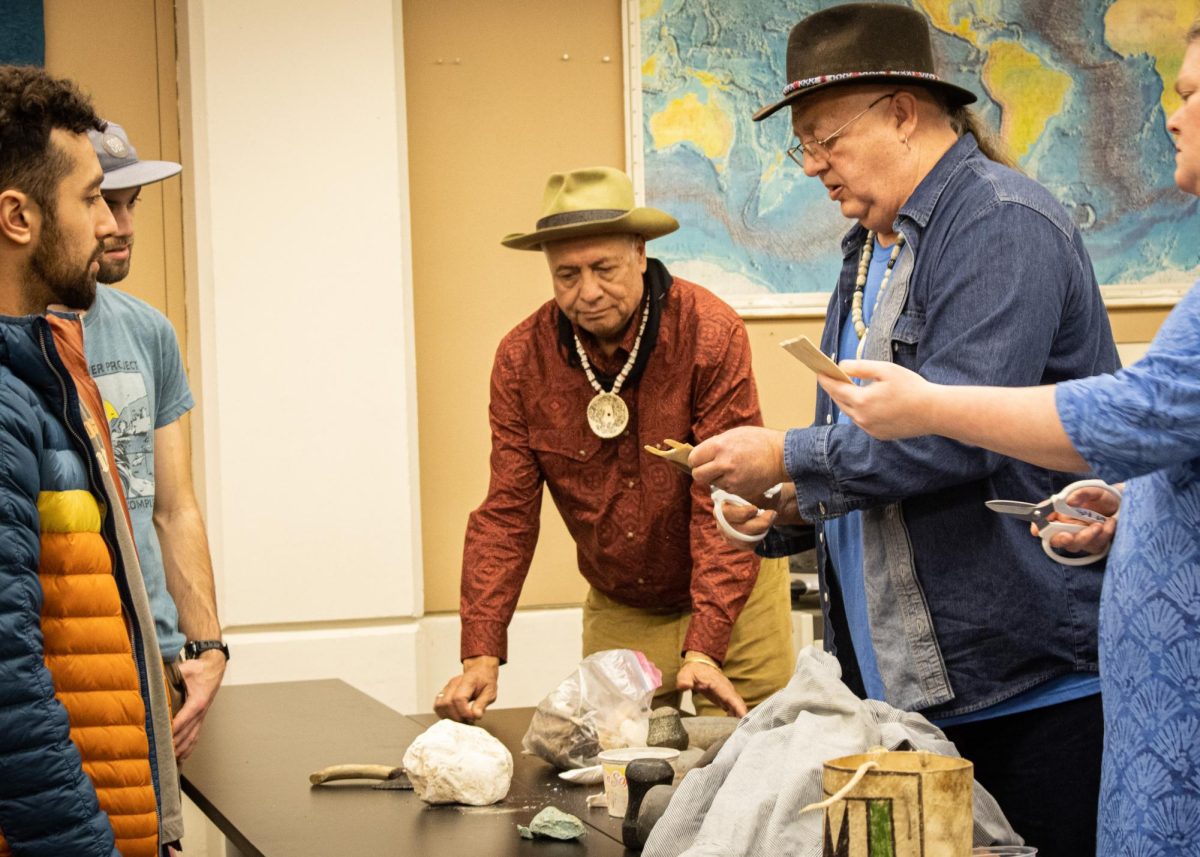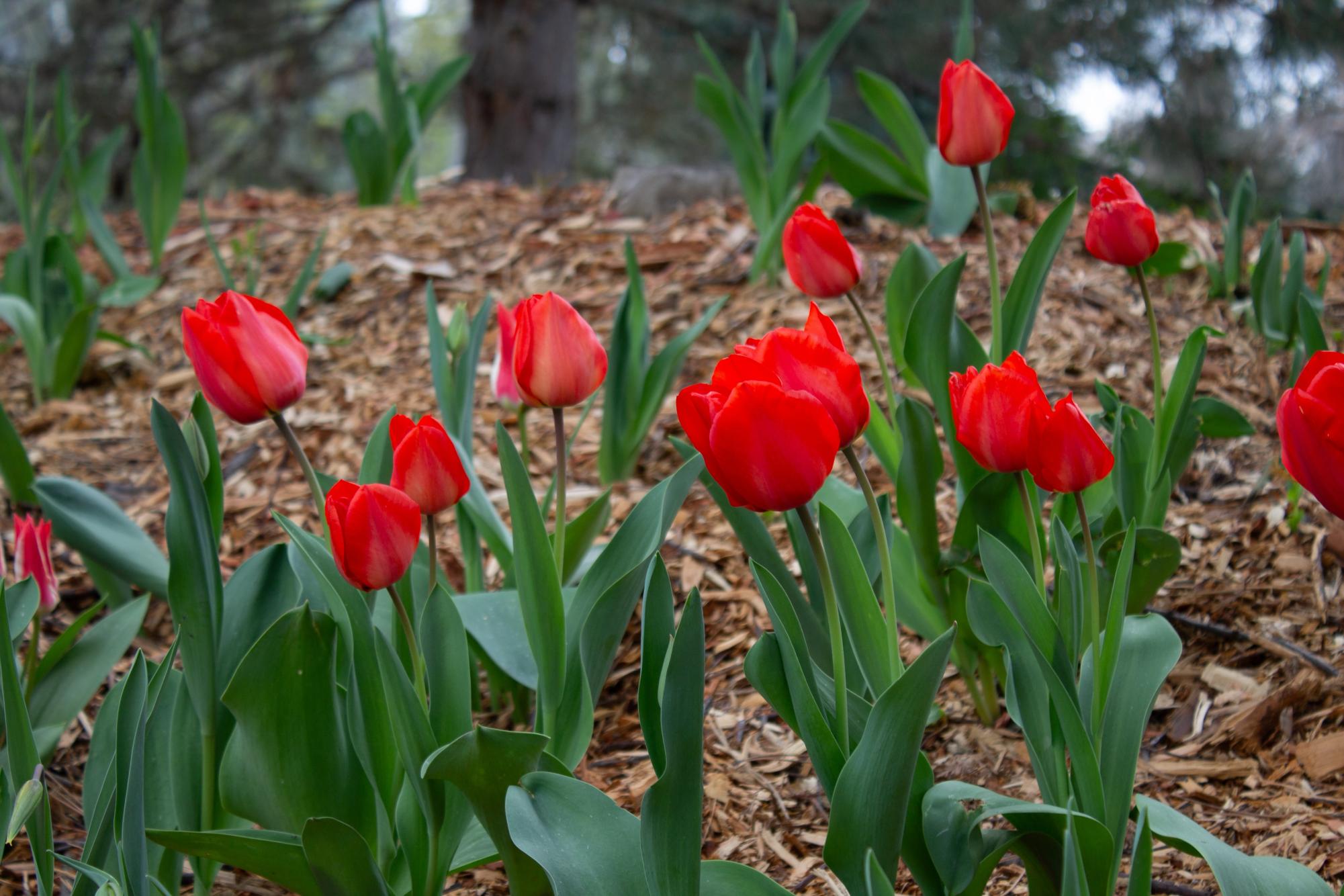
The calendar has turned to April, which means spring has arrived in Walla Walla. When I step out of my house to head to class, I’m greeted by grape hyacinth dotted through my neighbor’s lawn. Yellow daffodils and dandelions line the sidewalks, and a rhododendron bush with bright purple flowers marks the entrance to my destination, Maxey Hall.
After a long winter darkened by fog and soaked by rain, the pops of color starting to emerge across campus are a welcome sight for the Whitman community. Cherry blossoms, crocuses, dogwoods and tulips are among the favorite early bloomers enjoyed by students, faculty and staff.
Senior Will Falcone is excited that the damp and cold winter is on its way out.
“We started getting some flowers in our yard!” said Falcone. “I’m excited for no rain, that will be so nice. I’m excited to go cliff jumping and jump into the Touchet river [when it gets warmer].”
As the temperature throughout the Walla Walla Valley creeps higher, plants across the valley are shooting out new growth.
Amy Molitor, Senior Lecturer of Environmental Studies and Co-Chair of the Environmental Studies department, has lived in the valley for 30 years, and likes to watch the valley wake up from its winter slumber.
“[Spring in Walla Walla] brings out every green shade of green that has ever existed. I think between the wheat fields and the forests and life coming back into the valley, you can’t look in any direction without seeing green,” said Molitor.
Molitor has fond memories of exploring the new growth in the valley with her family.
“My daughter and I used to bike ride through the hills just loving the green, talking about which color of green was our favorite, pointing at different greens that we thought was the best green,” said Molitor.
Others enjoy not just the color the growing plants provide, but the flavors.
First-year Siena Stiles likes to forage for delicious plants, something she grew up doing in Bellingham, WA. In the fall, Stiles enjoyed picking elderberries down by the river. As it warms up in Walla Walla, she’s looking forward to finding fresh things to eat.
“I’m trying to make dandelion honey right now with the dandelions since there’s a lot around,” said Stiles.
Even as the Whitman community eagerly anticipates the benefits of spring in Walla Walla, the season is changing as climate change continues to reshape the world.
Lifelong Walla Walla resident and Social Media Specialist with the Whitman communications department Esmeralda Marin believes the valley might be experiencing hotter temperatures earlier in the year, although she notes that spring often brings odd weather patterns to the area.
“This year in February, it was like spring weather, which is really weird. I would say it’s getting warmer earlier, but usually Walla Walla always has these weird regressions where we have spring and then we go back to winter weather,” said Marin.
Increasingly strange weather patterns like the regressions that Marin mentioned are a classic symptom of climate change. In Washington, spring precipitation has increased, causing more erratic swings between rain (or snow!) and sun during the spring in Walla Walla. The reputation for strange weather has caught on so much that even in Stiles’s first spring on campus, she braced for a second winter interrupting her dandelion collecting.
“Somebody told me it would snow again in March, so I’ve been like, ‘Is it spring?’ But I think it is, because if it snows again, I would be very surprised,” said Stiles.
In my first spring on campus in 2021, the first snow of the semester came at the end of February, and in 2022 a small flurry hit Walla Walla in late April, plunging the normally-vibrant and warm Renaissance Fair into a winter wonderland. Even as I write this article, hail is pounding my window during a short spurt of sudden precipitation in the middle of what is otherwise a sunny day.
Molitor, an avid skier, is concerned about these precipitation patterns shifting later into the year.
“Having raised my children skiing, from about 30 years ago, winter snow would start around Thanksgiving and good ski season would start late-December through January and February, and then in March you’d start to see the warmer weather coming up and you had spring skiing,” said Molitor. “Now, the snow in the mountains comes a lot later. Some of the best skiing is right at the time [local ski area] Bluewood closes. It seems like that’s when the most snow is there, there’s still snow being deposited, so I think [Spring] has shifted a little bit later.”
Even though precipitation patterns seem to be happening later, the transition from spring to summer brings increasingly higher temperatures, a transition Molitor suggests is getting shorter. Summer temperatures in Walla Walla are climbing higher, which in turn pushes spring temperatures up as well.
The higher temperatures are not slowing down a rush of social events and celebrations flooding Whitman’s events calendar. After a winter cooped up inside, the Whitman community is embracing the ability to hold events outdoors again.
“Everybody’s out and about and doing things on campus, and it’s fun to see all the students active. As a staff member, it’s really sad when there’s no students on campus. So when everybody’s out and about, it makes me super happy, I think it makes all the staff happy,” said Marin.
Junior Megan Wick thinks that not just Whitman’ s social calendar wakes up during the spring, but also the surrounding area.
“There’s always so much going on. You can’t even get to everything because there’s so much stuff. It feels like the Walla Walla and Whitman community come together a lot during the spring,” said Wick.
One location the Whitman and Walla Walla communities come together is the Walla Walla Farmers Market, which opens again in less than a month. Although Stiles likes to find her own edible plants around town, she’s one of the many members of the Whitman community looking forward to perusing the fruits and vegetables that local farmers will bring to market.
On my way home from class, I walk through the Waterwise Garden on the corner of Penrose and Isaacs. A bright yellow arrowleaf balsamroot looks up at me from the ground, happy to unfurl its yellow petals and frilly leaves again after a long hibernation. The Cayuse and Walla Walla people call this flower Pasxapa, a plant so abundant it was the name of this place before settlers renamed it Walla Walla.
Even in the midst of climate change and increasingly erratic weather throwing off the normal patterns of spring in the valley, the steady presence of the balsamroot’s bright yellow greeting still rings in the new season to the enjoyment of Walla Walla residents.





